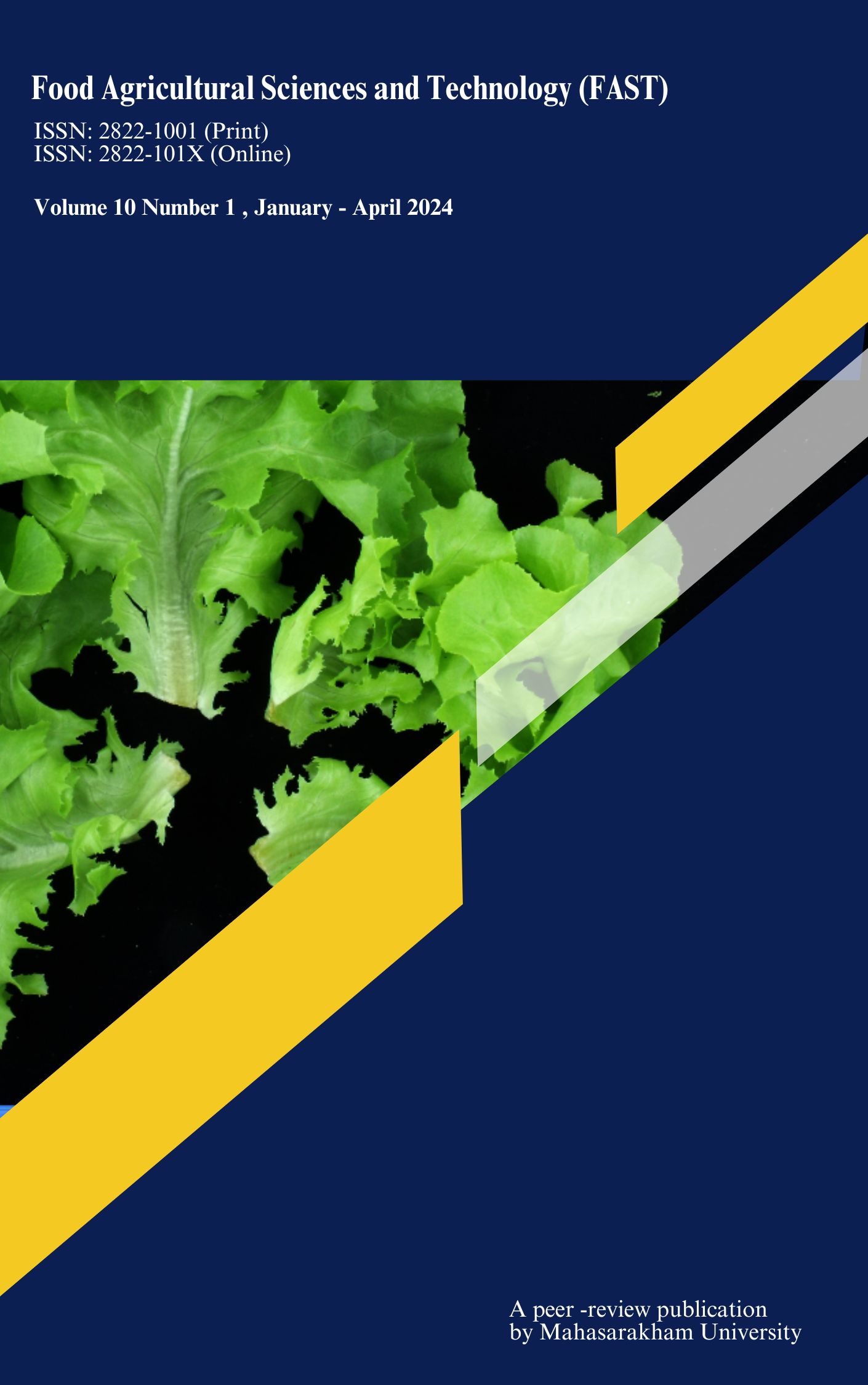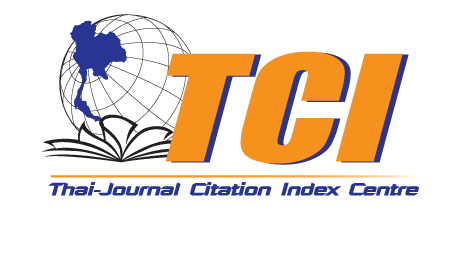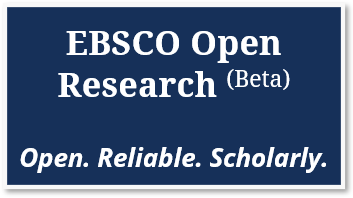Optimization and validation of experimental designs for selenium analysis via the iodometric method in food evaluation
Keywords:
Selenium, iodometry, completely randomized design, factorial experimental design, Se-enriched foodsAbstract
This study delved into the realm of experimental design methodologies for Selenium (Se) analysis using the iodometric method, with a particular focus on comparing the applicability of completely randomized design (CRD) and factorial experimental design (FED). The research revealed distinctive optimal conditions for Se analysis: the CRD prescribed conditions of 0.1 M HCl, 0.2 M KI, and 0.02% w/v starch, while the FED formulated alternative conditions, characterized by 0.15 M HCl, 0.15 M KI, and 0.03% w/v starch. Nevertheless, both experimental designs provided statistically robust Se quantification results through UV-visible spectrophotometry. This underscored the pivotal role of experimental design in result determination. The CRD provides efficient processes but may overlook factor interactions, whereas the FED, although more resource-intensive, furnishes a comprehensive dataset. The choice between CRD and FED should be guided by the specific research objectives, finely balancing simplicity, and the capture of intricate factor interactions in the relentless pursuit of optimal conditions. Furthermore, the analysis of Se content in Se-enriched food samples under the conditions of iodometry using CRD and FED conditions showed no significant differences with the results of HG-AAS (p > 0.05). This robust concordance emphasizes the reliability and cost-effectiveness of both CRD and FED iodometric methods, offering versatile utility, including in the food quality assessment. This approach has the potential to lower quality control expenses in contrast to alternative methods, all the while ensuring consistent and reliable outcomes.
References
Agilent Technologies. (2023). Flame atomic absorption spectrometry method development ePrimer. Agilent Technologies Inc.
Araujo, P. W., & Brereton, R. G. (1996). Experimental design I. screening. TrAC - Trends in Analytical Chemistry, 15(1), 277-286. https://doi.org/10.1016/0165-9936(96)88034-4
Bezerra, M. A., Ferreira, S. L. C., Novaes, C. G., dos Santos, A. M. P., Valasques, G. S., da Mata Cerqueira, U. M. F., & dos Santos Alves, J. P. (2019). Simultaneous optimization of multiple responses and its application in analytical chemistry - a review. In Talanta (pp. 941-959). https://doi. org/10.1016/j.talanta.2018.10.088
Chantiratikul, A., Arunsangseesod, O., Wangkahart, E., Leamsamrong, K., & Chantiratikul, P. (2021). Effect of dietary selenium from selenium-enriched kale sprout, selenomethionine, and sodium selenite on performance and selenium concentrations in the tissues of growing quails. Animal Bioscience, 34(4). https://doi. org/10.5713/ajas.20.0111
Ferreira, S. L. C., Lemos, V. A., de Carvalho, V. S., da Silva, E. G. P., Queiroz, A. F. S., Felix, C. S. A., da Silva, D. L. F., Dourado, G. B., & Oliveira, R. V. (2018). Multivariate optimization techniques in analytical chemistry - an overview. Microchemical Journal, 140, 176-182. https://doi. org/10.1016/j.microc.2018.04.002
Hegedus, O., Hegedusová, A., Simková, S., Pavlík, V., & Jomová, K. (2008). Evaluation of the ET-AAS and HG-AAS methods of selenium determination in vegetables. Journal of Biochemical and Biophysical Methods, 70(6), 1287-1291. https:// doi.org/10.1016/j.jprot.2008.01.002
Khan, N., Jeong, I. S., Hwang, I. M., Kim, J. S., Choi, S. H., Nho, E. Y., Choi, J. Y., Kwak, B. M., Ahn, J. H., Yoon, T., & Kim, K. S. (2013). Method validation for simultaneous determination of chromium, molybdenum and selenium in infant formulas by ICP-OES and ICP-MS. Food Chemistry, 141(4), 3566-357. https://doi.org/10.1016/j.foodchem.2013.06.034
Kulkarni, P. S., Dhar, S. D., & Kulkarni, S. D. (2013). A rapid assessment method for determination of iodate in table salt samples. Journal of Analytical Science and Technology, 4(1). https://doi.org/10.1186/2093-3371-4-21
Kulkarni, P. S., Ramekar, P. V., & Kulkarni, S. D. (2018). An optical sensor for selenite determination in aqueous samples. Journal of Analytical Science and Technology, 9(1), 1-6. https://doi.org/10.1186/s40543-018-0136-2
Leamsamrong, K., Tongjaroenbuangam, W., Maneetong, S., Chantiratikul, A., Chinrasri, O., & Chantiratikul, P. (2019). Physicochemical contents, antioxidant activities, and acute toxicity assessment of seleniume n r i c h e d c h i n e s e k a l e (Brassica oleracea var. alboglabra L.) Seedlings. Journal of Chemistry, 2019, 1-12. https://doi.org/10.1155/2019/7983038
Leardi, R. (2009). Experimental design in chemistry: A tutorial. Analytica Chimica Acta, 652(1-2), 161- 172. https://doi.org/10.1016/j.aca.2009.06.015
Maneetong, S., Chookhampaeng, S., Chantiratikul, A., Chinrasri, O., Thosaikham, W., Sittipout, R., & Chantiratikul, P. (2013). Hydroponic cultivation of selenium-enriched kale (Brassica oleracea var. alboglabra L.) seedling and speciation of selenium with HPLCICP-MS. Microchemical Journal, 108, 87-91. https://doi.org/10.1016/j.microc.2013.01.003
Mollo, A., Luis Costa Ferreira, S., & Knochen, M. (2013). Sequential injection analysis in selenium determination by HG-AAS: optimisation and interference study. Current Analytical Chemistry, 9(2), 296-304. https://doi. org/10.2174/157341113805218983
Mörschbächer, A. P., Dullius, A., Dullius, C. H., Bandt, C. R., Kuhn, D., Brietzke, D. T., Malmann Kuffel, F. J., Etgeton, H. P., Altmayer, T., Gonçalves, T. E., Oreste, E. Q., Ribeiro, A. S., de Souza, C. F. V., & Hoehne, L. (2018). Validation of an analytical method for the quantitative determination of selenium in bacterial biomass by ultraviolet-visible spectrophotometry. Food Chemistry, 255, 182-186. https://doi.org/10.1016/j.foodchem.2018.02.057
Pesek, S., Lehene, M., Brânzanic, A. M. V., & Silaghi-Dumitrescu, R. (2022). On the origin of the blue color in the Iodine/Iodide/starch supramolecular complex. Molecules, 27(24), 8974. https:// doi.org/10.3390/molecules272 48974
Prajapati, P., Shahi, A., Acharya, A., & Shah, S. (2022). Chemometry and green chemistry-based chromatographic analysis of azilsartan medoxomil, cilnidipine and chlorthalidone in human plasma using analytical quality by design approach. Journal of Chromatographic Science, 1-12. bmac068. https://doi.org/10.1093/chromsci/bmac068
Rebary, B., Paul, P., & Ghosh, P. K. (2010). Determination of iodide and iodate in edible salt by ion chromatography with integrated amperometric detection. Food Chemistry, 123(2). https://doi.org/10.1016/j.foodchem.2010.04.046
Sekine, T., Iwaki, H., Sakairi, M., Shimada, F., & Inarida, M. (1968). Studies on the liquid-liquid partition systems. VI. solvent extraction study of the dissociation of sulfurous, selenious and tellurous acids in acid perchlorate media. Bulletin of the Chemical Society of Japan, 41(1), 1-7. https://doi. org/10.1246/bcsj.41.1
Tarley, C. R. T., Silveira, G., dos Santos, W. N. L., Matos, G. D., da Silva, E. G. P., Bezerra, M. A., Miró, M., & Ferreira, S. L. C. (2009). C h e m o m e t r i c t o o l s i n electroanalytical chemistry: Methods for optimization based on factorial design and response surface methodology. Microchemical Journal, 92(1), 58-67. https://doi. org/10.1016/j.microc.2009.02.002
Trombetti, F., Minardi, P., Mordenti, A. L., Badiani, A., Ventrella, V., & Albonetti, S. (2022). The evaluation of the effects of dietary vitamin E or selenium on lipid oxidation in rabbit hamburgers: Comparing TBARS and hexanal SPME-GC analyses. Foods, 11(13). https:// doi.org/10.3390/foods11131911
Zhang, H., Zhao, Z., Nie, B., Lyu, C., & Liu, X. (2021). Selenium loss and changes in product quality during cooking of selenium enriched potato tubers. Journal of Food Composition and Analysis, 96(6). 103728. https://doi.org/10.1016/j.jfca.2020.103728
Downloads
Published
How to Cite
Issue
Section
License
Copyright (c) 2023 Food Agricultural Sciences and Technology

This work is licensed under a Creative Commons Attribution-NoDerivatives 4.0 International License.








